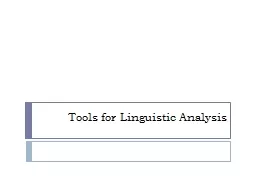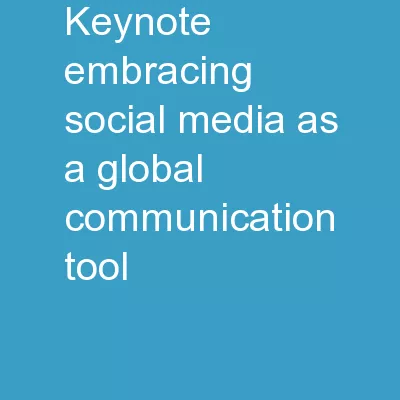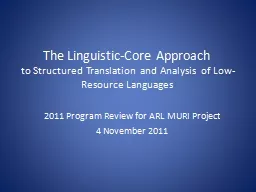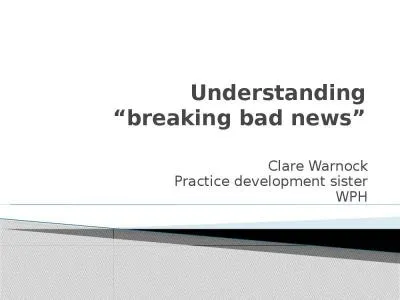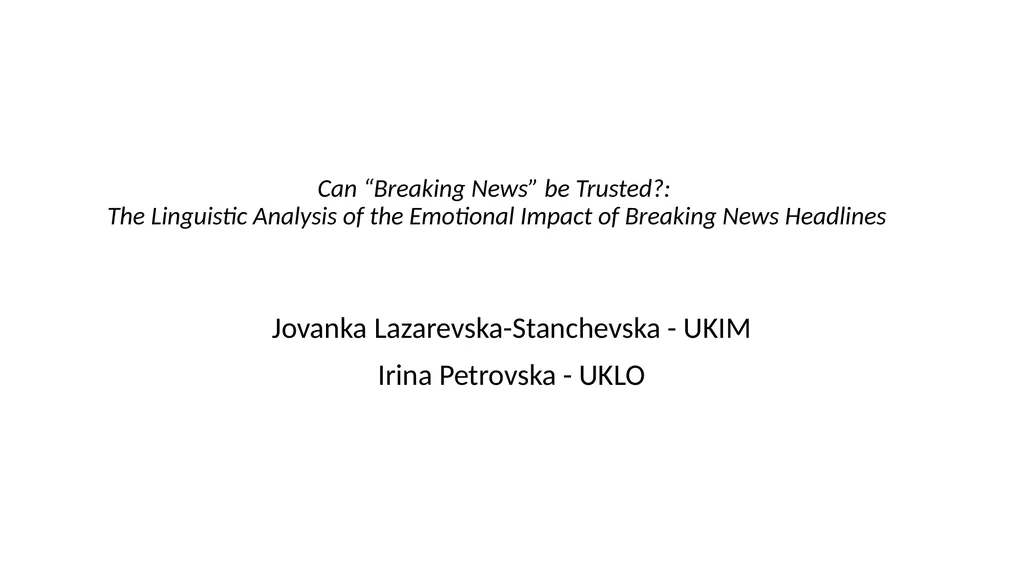
Author : tatyana-admore | Published Date : 2025-08-08
Description: Can Breaking News be Trusted?: The Linguistic Analysis of the Emotional Impact of Breaking News Headlines Jovanka Lazarevska-Stanchevska - UKIM Irina Petrovska - UKLO Introductory Note The paper will analyze breaking news headlinesDownload Presentation The PPT/PDF document "" is the property of its rightful owner. Permission is granted to download and print the materials on this website for personal, non-commercial use only, and to display it on your personal computer provided you do not modify the materials and that you retain all copyright notices contained in the materials. By downloading content from our website, you accept the terms of this agreement.
Here is the link to download the presentation.
"Can “Breaking News” be Trusted?: The Linguistic"The content belongs to its owner. You may download and print it for personal use, without modification, and keep all copyright notices. By downloading, you agree to these terms.




